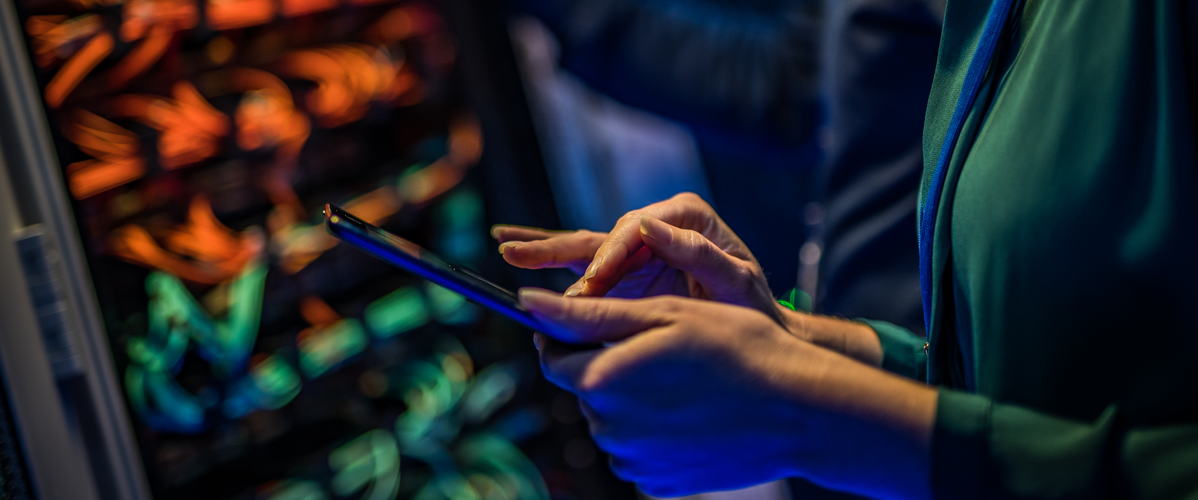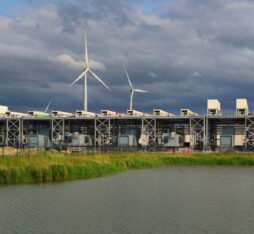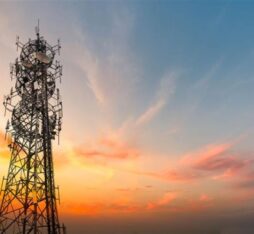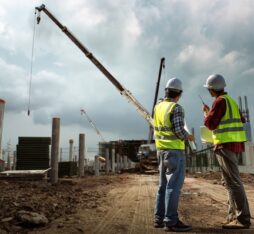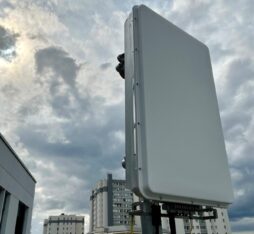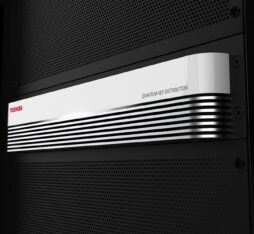“The Padus Lab aims to provide all Orange Group countries with a technical environment that is optimized for the networks of the future.”
As network virtualization is rolled out, buildings that have traditionally housed telecoms equipment will also host the servers needed to run these new infrastructures. In particular, these new facilities will need to address the challenge of energy efficiency, at a time when Orange is increasingly committed to reducing its carbon footprint. The Padus Lab aims to provide all Orange Group countries with a technical environment that is optimized for the networks of the future. This modular building is capable of meeting each country’s specific needs, while taking advantage of the outside weather conditions to mitigate the building’s environmental impact.
An Innovation Epicenter
What happens inside the Padus Lab? “Our goal is to combine different technologies to analyze their relevance,” explains project leader Dominique Bodéré. “One of the first challenges is cooling the equipment, especially the servers. In addition to free cooling, which uses fresh air from outside, we are testing immersion, for example, which involves submerging servers in an oil bath rather than using fans, and even liquid cooling, which targets the components that heat up most, such as the processor. We are also exploring 400-V DC power solutions paired with a photovoltaic device alongside new energy storage solutions. We want to explore the most innovative technologies. The fruits of this work will support deployment in all Group countries.”
The energy savings achieved recently at the Padus Lab have again demonstrated that it is better to allow the temperature of technical rooms to drift within the standard-compliant climatic ranges than to be set around a fixed point with restricted ranges. “We no longer intervene to regulate humidity, for example, and this eliminates unnecessary energy consumption,” notes Simon Ricordeau, who works on climate and thermal studies at Orange.
After the extremely hot summer of 2022, the system chosen in partnership with Aveltec combines free cooling with a 400V DC supply that is reliable even in the event of a power outage. Until now this has been used simply as a back-up system, but it is much more energy efficient than conventional air conditioning. According to Aveltec, it also reduces connection cabling costs. Given the price of copper, these savings are not insignificant.
“The Padus Lab continues to play its part with other developments and optimizations underway,” confirms Simon Ricordeau.
Close Monitoring of the Technical/IT Environment and Open Systems
In order to reap the benefits from this series of tests, the Padus Lab is kitted out with sensors, such as thermal and energy probes. The team collects data from the servers remotely, such as temperature and energy consumption. Establishing APIs (application programming interfaces) is key, as it enables the team to gather all this data on its in-house software. It is impossible to comply with the proprietary constraints still governing many consumer data management systems. We want to be able to monitor an array of multi-vendor equipment centrally. Eventually, an artificial intelligence solution will optimize consumption. In the meantime, building modeling should serve as a basis for simulating all possible environmental conditions and limiting the number of real-world tests in different countries.
Co-Innovation as a Core Principle
“We share the Padus Lab with several industry stakeholders, including our initial partner, Vertiv, and solution providers like Submer, Dell, AVELTEC and EnerSys. The academic side of things has not been overlooked — we are jointly supporting two research papers in the fields of thermal optimization and energy. These partnerships foster collaboration among teams of experts in the same fields, benefiting all parties. Manufacturers can test their equipment in real-world conditions, and we, as experts and integrators, are able to draft technical specifications upstream that best suit our needs.” Innovation and forward thinking are the keys to Orange’s success in deploying better and more energy-efficient solutions in the Group countries.

